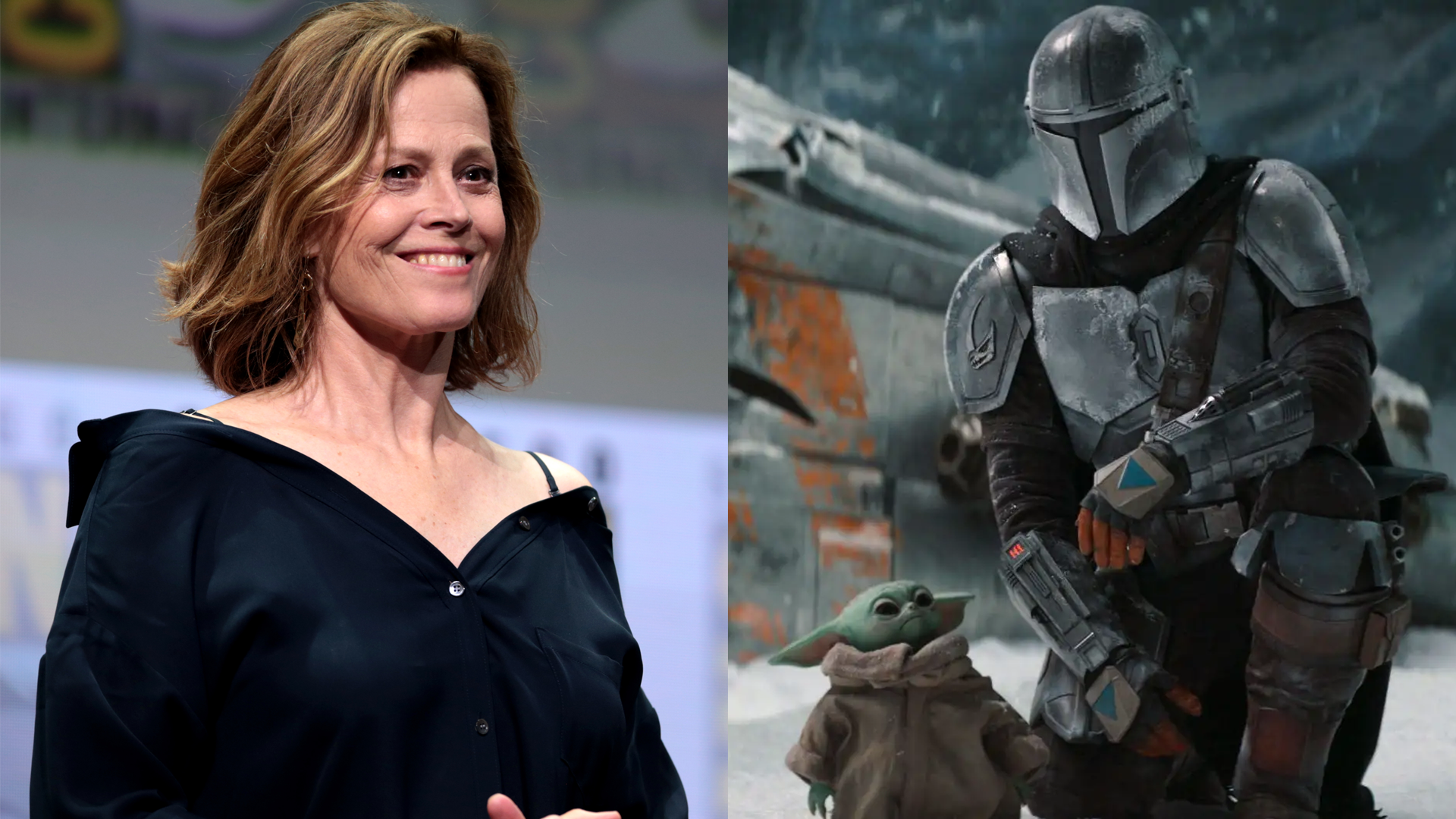I came across that... probably around its release, and wanted to plug it in a reply to
Gori's post (so I guess you've forced my hand

). The problem as I see it isn't that all spacelanes are destined toward a Trench Run; it's that the way the franchise is built (and especially within the Mouse's current paradigm of fracking the nostalgia wells), everything keeps getting pushed back toward the flagship theatrical films in the same strategy of multi-level marketing that turned the MCU into a sprawling jigsaw of interdependent continuity. Hence what
could have been a boundless
romp in the sandbox instead railroads to the Core Canon: Skywalkers, Palpatine, and the showy Hero Quests that we're all browbeaten into accepting as the natural order.
Except for that tiny little problem that
The Clone Wars demonstrated that you
could deep-dive into the nitty-gritty of the universe to broaden the setting (and its themes) in ways that the PT had wanted to do but fell up short.
Star Wars is a
huge setting, and even within the time frame of the main films, you can tell a compelling story without having to make it a call-forward to the Death Star II—probably the nearest parallel I can draw is the corpus of World War II media: some are dramas, some are romances, some are outright comedies; some focus on the front line, some are set behind the lines, and some
never leave home base. Even the documentaries can't encompass the full scope of it all; nearly ninety years on and we're still finding new ways to tell its stories. Why should
Star Wars be any different?
Especially given the sheer mass of untapped lore, even after the Expanded Universe was purged. A couple weeks ago I was revisiting a homebrew roleplaying game I was in several years back, and in contrast to everyone else who treated it straight-faced, I played a Quixotic mercenary company that wove in and out of established canon in the vein of
Rosencrantz and Guildenstern Are Dead—I am not well-versed in the EU and wound up on multiple wiki dives to research specific details, and as much as I
dunk on Wookieepedia, I can only admire the passion the universe attracts: researching EU-era Celanon revealed a society split between a Guild-ruled plutocratic capital city and basically the rest of the planet living as peasantry. Maybe about two paragraphs of information, but a whole story lurking beneath.
tl;dr:
Andor good, treat
Star Wars as a setting instead of a genre.


